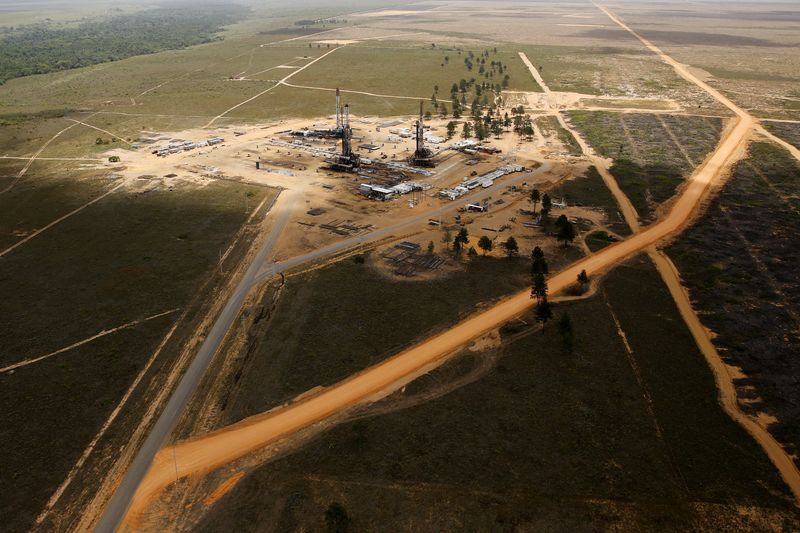Physical Address
304 North Cardinal St.
Dorchester Center, MA 02124
Physical Address
304 North Cardinal St.
Dorchester Center, MA 02124

Written by Mariana Paraja
Houston (Reuters) – The government oil company in Venezuela has resumed regular imports of light crude as its output diminishes medium and light grades, creating bottlenecks to produce a export mixture, according to the company’s documents and ship tracking data.
Venezuela and Iran, which was approved by the United States, had a swap agreement that allowed PDVSA to import crude and condensed between 2021 and 2023 and used it as losses for its heavy zoom. But debts and disputes over projects have stopped the stock exchange since last year, leaving the Venezuelan company with fewer options for source imports.
In December, a ship bearing about 600,000 barrels of ore from the unknown imported light that was emptied at the main PDVSA station, Jose. Another tanker carries a similar volume of light that was empty in the same port last month, according to the company’s shipping records that Reuters saw.
The ship that was emptied in January left from the Chinese port of Dongjiakou, according to the TankerCrackers.com Service. But it was not immediately possible to determine the origin of the raw.
Pdsa did not immediately respond to a request for comment.
The company increased exports in January to about 867,000 barrels per day (BPD) of crude and fuel, including approximately 300,000 barrels per day to the United States, where the government of President Donald Trump warned of a possible decrease in US imports of Venezuelan crude .
The country’s total crude output increased to 1.05 million barrels in January from 1.01 million in December, according to independent accounts.
However, the long -term PDVSA conflicts to provide enough dilution of oil mixing operations have worsened in recent months with production in Monagas North, a major area for the production of crude grades in the country, and diminishes amid gas lack in oil fields, sources. Close to the operations he said.
The sources added that a major gas treatment complex, which had a large fire in November, did not fully recover to the oil fields in PDVSA.
Venezuela imported about 73,000 barrels per day of Iranian condensate and crude in 2022, which decreased to about 40,000 barrels per hour in 2023. Records.
With Venezuela’s foreign crude imports decreased in a less active trade with Iran, PDVSA drainage for heavy Navatha imported from some of its joint partners, including Chevron in the United States, in recent years, the region, Orinoko belt.
(Mariana Paraja was included in the coverage; Edited by Christian Bloomb and Margareta Choi)